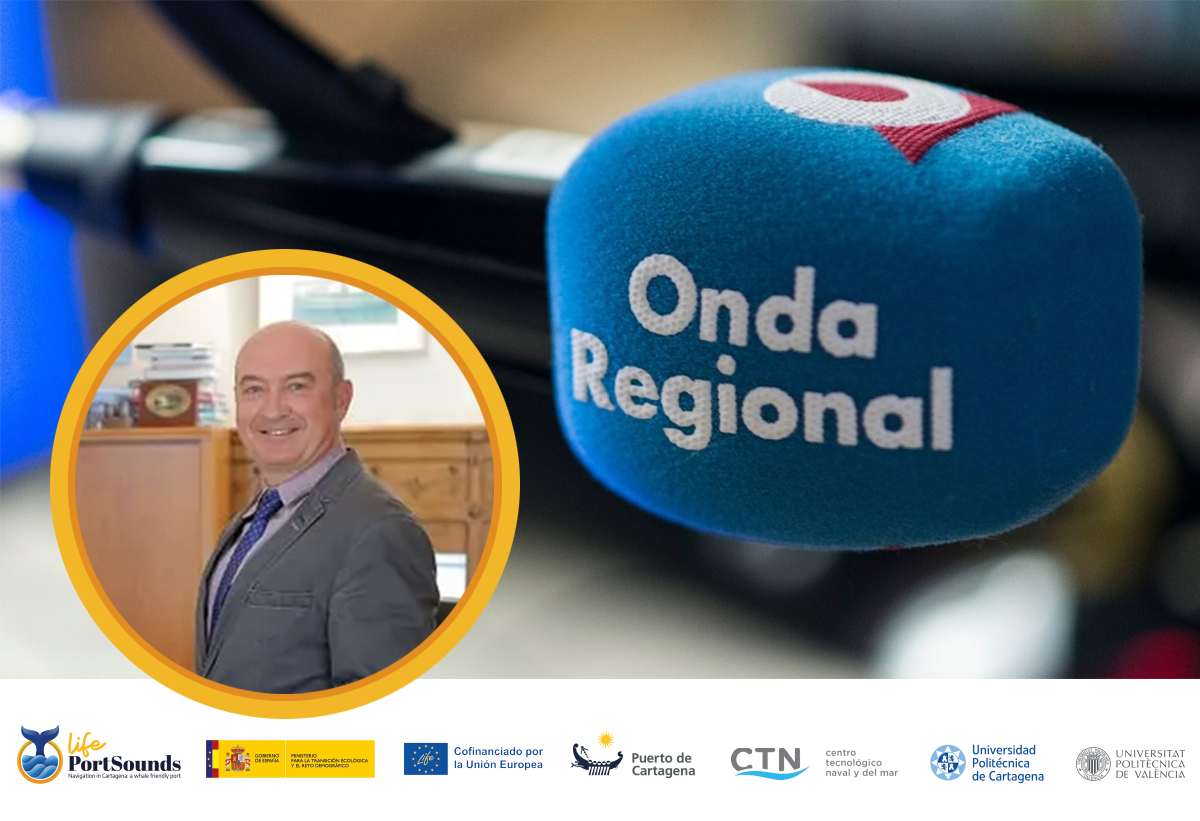The increase of maritime traffic in the Port of Cartagena has turned it into a main source of continuous noise and an area of underwater noise pollution according to the Levantino-Balearic Marine Strategy
The LIFE PortSounds project aims to reduce the impact of underwater noise from the Port of Cartagena, and began with a meeting held by the partners of this initiative that aims to advance to become a benchmark in underwater noise measurement in the Mediterranean and Europe.
Local professional fishing boats also sail through the port and, in addition, Cartagena receives part of the maritime passage that connects the Peninsula with the Balearic Islands. These factors have increased exponentially in recent years being the main source of continuous noise in the local marine environment.
Part of the maritime traffic of the Port of Cartagena crosses the Special Conservation Area “Valles Sumergidos del Escarpe de Mazarrón”, disturbing species such as the bottlenose dolphin, the striped dolphin and the long-finned pilot whale. Noise pollution especially affects cetaceans, which depend on sound for communication, navigation and hunting, and can cause behavioral reactions, physiological effects, injuries and even mortality.
Newsletter
Subscribe to our newsletter and don't miss our most relevant news about the Life PortSounds project
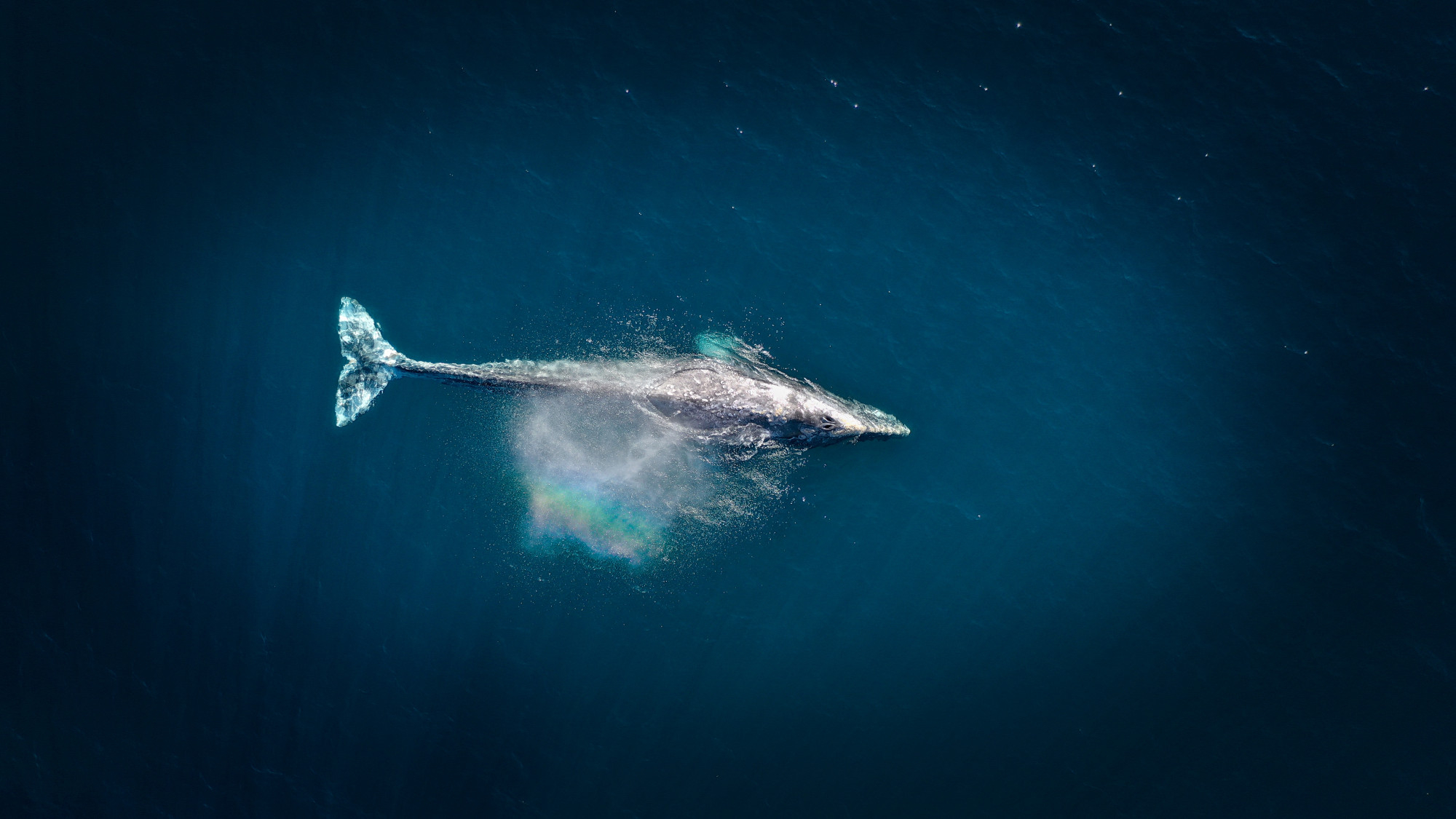
The connection Peninsula with Balearic Islands affects Cartagena
These factors have increased exponentially in recent years and are the main source of continuous noise in the local marine environment.
The LIFE PortSounds project was created with the intention of reducing underwater noise pollution generated by maritime traffic and avoiding its pressure on the marine environment through the application of mitigation measures.
Keys to the process
project objectives
Reduce underwater noise pollution generated
by maritime traffic
The main objective of LIFE PortSounds is the characterization, monitoring and evaluation of underwater noise levels in the Port of Cartagena area in order to reduce underwater noise pollution generated by maritime traffic and avoid its pressure on the marine environment with the implementation of mitigation measures.
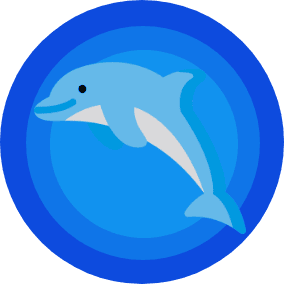
Characterization
Obtaining permits for cetacean monitoring in the Natura 2000 site and deployment of acoustic monitoring devices. Establishment of control zone (CZ) and impact zone (IZ) according to maritime traffic lines and cetacean distribution data.

Monitoring
Mapping of underwater noise levels generated by maritime traffic through data from: 2 permanent hydrophones and 2 monitoring campaigns, obtaining CTD profiles. Mapping the presence and abundance of cetaceans and establishing biological indicators. Obtaining distribution and abundance maps.

Evaluation
Development of an underwater noise management tool that integrates the above physical and biological measurements and provides impact risk mapping and predictive underwater noise scenarios. Tracking of results, monitoring of changes in sound levels.
Keys to the process
actions
to take
Communication and technical dissemination of results
The actions to be taken are primarily aimed at protecting marine life, promoting safety in port and raising awareness of the importance of marine sounds in the marine ecosystem. By adopting a comprehensive approach that combines advanced technology, conservation, education and communication, “LIFE PortSounds” is positioned as a leading project in the protection of the marine environment and the harmonious coexistence between shipping and marine life.

Mitigation
Design of a program of mitigation measures based on the characterization of maritime traffic and the status of the target cetacean species. Includes reduction of vessel speed and alternative shipping routes to reduce underwater noise pollution in the Special Area of Conservation.

Replication and transfer
Replication and transfer strategy, feasibility study and testing of the application of the tool in another Port Authority.

Follow-up of results
Monitoring of changes in noise levels due to the implementation of mitigation measures. Monitoring the impact of mitigation measures on 3 cetacean species. Evaluation of correlations between maritime traffic, underwater noise and cetacean presence. Monitoring of KPIs.
Articles of interest
WE PURSUE THE TRUTH BASED ON SCIENCE AND RESEARCH
Space dedicated to scientific articles developed by team members.
Some project figures
leading the Noise strategy in Europe
Noise levels around the Port of Cartagena are currently unknown, which prevents a proper assessment of Descriptor 11-underwater noise of the Marine Strategy Framework Directive and the determination of Good Environmental Status.
Local studies have been limited and have not covered maritime traffic areas, but have indicated that noise levels could mask biological signals in cetaceans.

Professionals and Collaborators
OUR TEAM
People who drive a more sustainable business model for future generations.
Project financed 54.99% by the European Union's LIFE Program.
Partners and collaborators combining innovation and sustainability



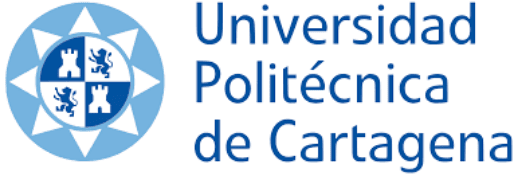

We believe that...
We can change the course towards a future of coexistence between man and sea.
With this project, a more ambitious and long-term objective is pursued, which will help other ports to develop sustainability strategies in their waters, promoting a more sustainable business model for future generations.
Do not miss all our...
NEWS AND EVENTS
The agenda for the reduction of noise pollution in the waters of Cartagena is already underway.
